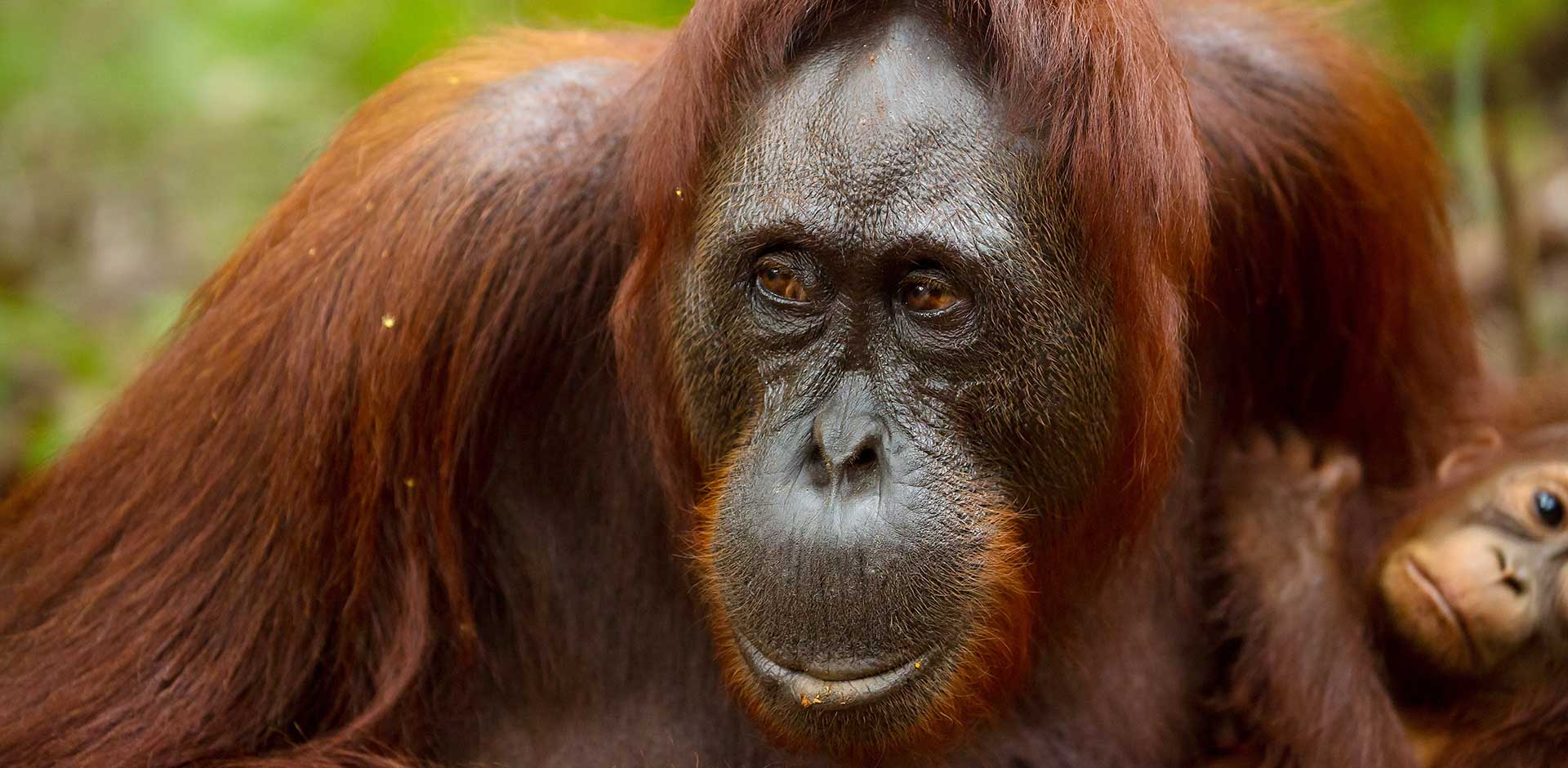Many have heard myths of Borneo – a faraway island covered by misty jungles that are filled with weird and wonderful animals. The word itself conjures up images of headhunters, explorers and mysticism, all on a parchment map. As the world’s third largest island and located in the heart of South East Asia, it remains a wondrous destination for explorers, with an unspoiled paradise waiting to be rediscovered.
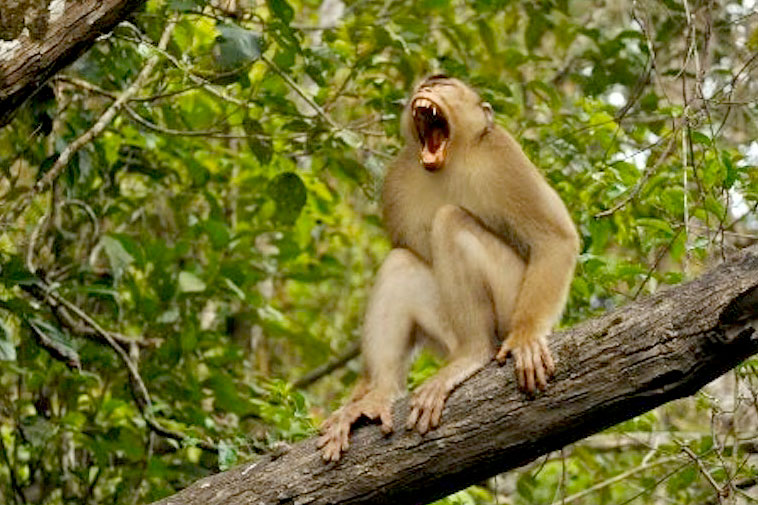
Borneo offers a glimpse of amazing bio-diversity – comparing a temperate forest to a Borneo rainforest is like comparing a painting with 20 colours to one with 2000. In fact, the island has the world’s oldest rainforest (180 million years older than the Amazon Jungle), plus many of the rarest – and most endangered – species of flora and fauna, extraordinary river systems, the highest mountain in Southeast Asia, over fifty ethnic tribes, coastal waters bursting with stunning tropical islands and several of the world’s most dazzling diving spots. Few places on earth offer so much.
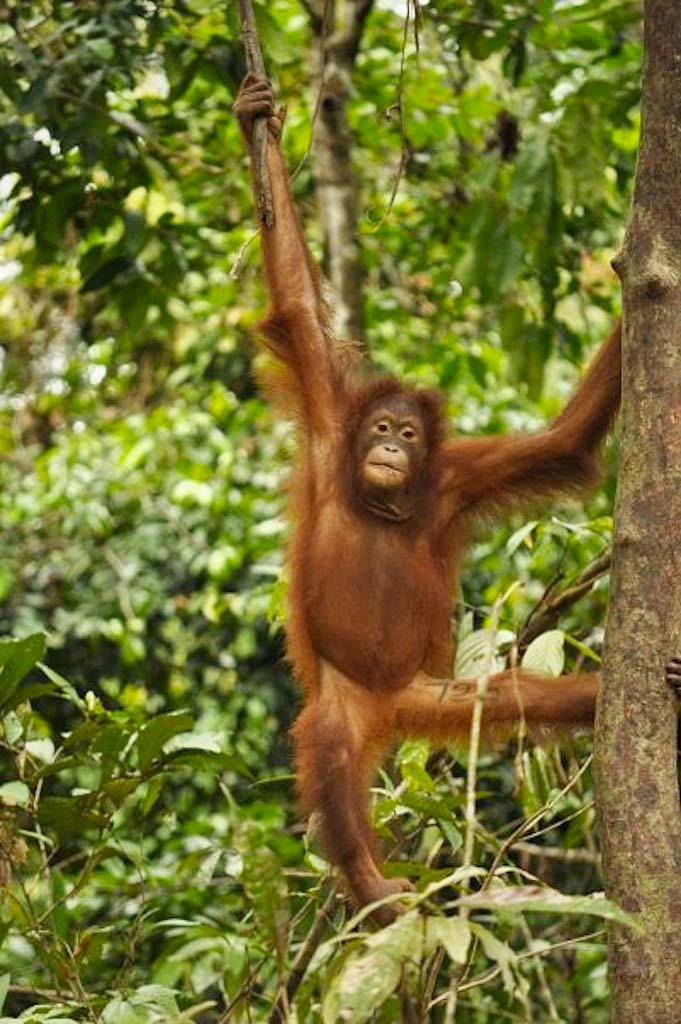
Three countries are represented on the island of Borneo; Malaysia to the north, Indonesia to the south and the Sultanate of Brunei in the Middle. While each country’s territory has its own charms, the Malaysian state of Sabah, known as the “Land Below the Wind” for being south of the typhoon belt, is emerging as an eco-tourist hotspot, and with good reason.
Kota Kinabalu, or KK as it is affectionately known by the locals, is the capital of Sabah. It is an ideal hub to explore the interiors and outlying islands. During the colonial era, Sabah was under the control of the British North Borneo Company, whose young bucks were drawn to these shores in search of riches in the form of timber, spices, coffee and rubber. It was because of the Company that the 36 ethnic tribes came in contact with the outside world. It is still possible to experience the rich cultural heritage of the many tribes of Sabah, which blend with the Chinese, Indian and Malay communities.
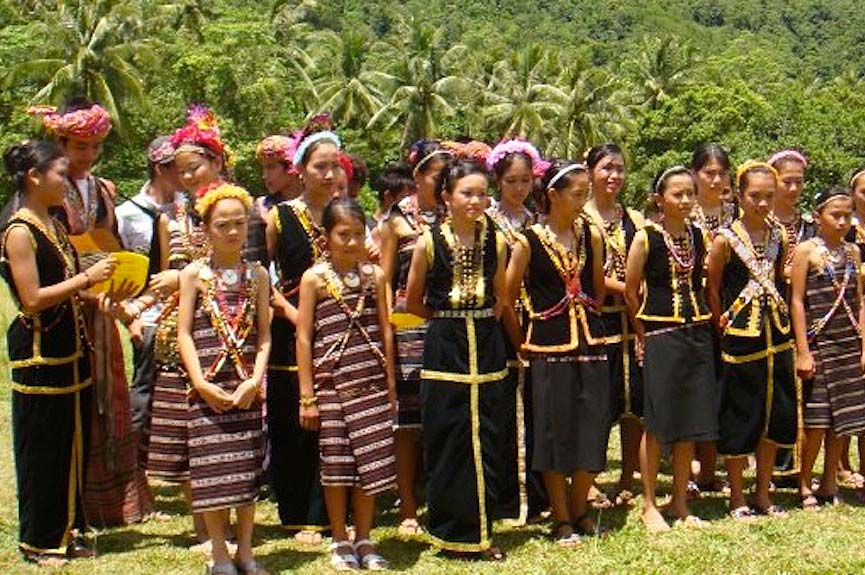
Kota Kinabalu is not the most architecturally-inspired city in the world, but is has emerged from its frontier ways to become a growing metropolis, with shops to explore and plenty of things to do to keep you busy. There are several five-star resorts in and around the capital, including two Shangri-La properties, the Shangri-La Tanjung Aru and the Shangri La Rasa Ria, that hosts its own small Orangutan Rehabilitation Centre.
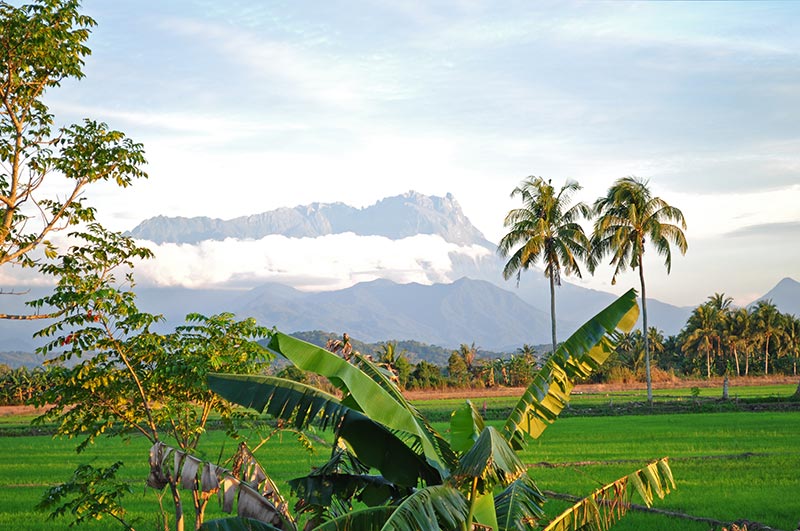
No first-time visit to Sabah would be complete without a visit to Mt. Kinabalu, which can be reached from Kota Kinabalu within two hours. At 4,095 metres, it is the highest mountain in South East Asia, and dominates the Sabah landscape. There is a deep-seated local belief that the mountain is the resting place of souls.
Visitors can choose to tackle the mountain in a rigorous ascent, or simply enjoy the lovely cool temperatures and scenery along many hikes that dot its lower slopes. The mountain, the first to attain UNESCO World Heritage status in Malaysia, is home to some of the rarest orchids and pitcher plants in the world, a few examples of the extraordinary biodiversity found on this peak. If you opt for the summit, try adding an extra, adrenalin-filled challenge: the Mt. Kinabalu via ferrata is the highest system of rungs, rails and cables in the world.
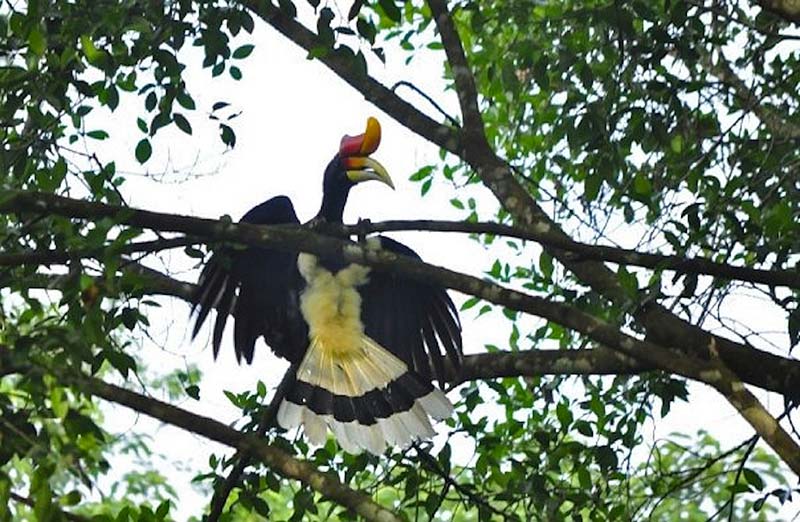
The vastness of Borneo’s jungles let trekkers experience Mother Nature in her full glory. The island’s rainforests are the oldest and most revered in the world, and draw visitors with mists in the trees that create an ethereal world both mysterious and awe-inspiring. There is a veritable orchestra of sounds – chirps and clicks, tonk-tonks and the constant droning of the cicadas – that form an endless and unforgettable cacophony.
Thankfully, Sabah offers plenty of pristine jungle to explore, and has also done much to preserve its natural heritage. Danum Valley, a major wildlife conservation area in Sabah’s east, can even be reached by helicopter for those wanting the experience but not the wait.
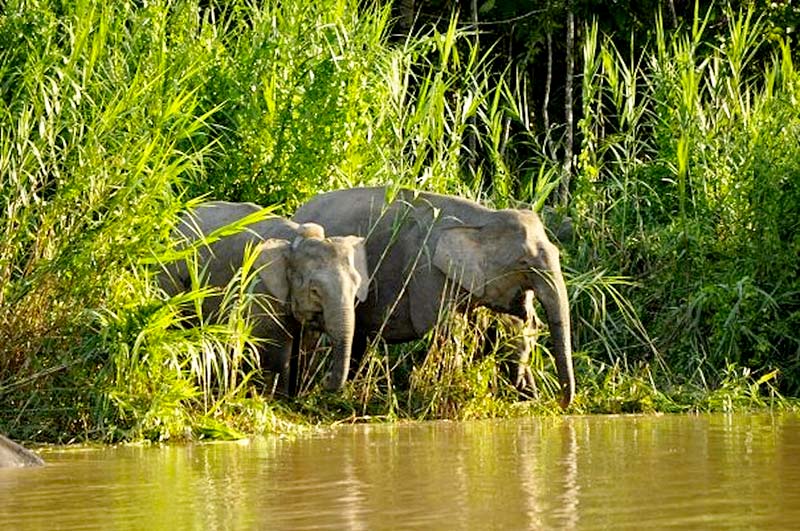
It is in places like Danum Valley, in the heart of the jungle, that you experience one of the last refuges for some of the most extraordinary animals on the planet. Sun bears, clouded leopards, pygmy elephants, rhinos, macaques, slow lorises and orangutans find their home among the 400-year old trees that tower through the clouds in grandeur.
The jungle is alive and well, though outside the conservation areas the threat is great. Palm and timber plantations threaten crucial wildlife corridors, and while the government and NGOs such as the World Wildlife Fund have placed tremendous focus on the conservation of this critically bio-diverse region, years of damage has been done and the clock ticks in a race against time. Tourism and awareness are the critical salvation to ensure that priority remains focused on what is important here in the heart of Borneo.
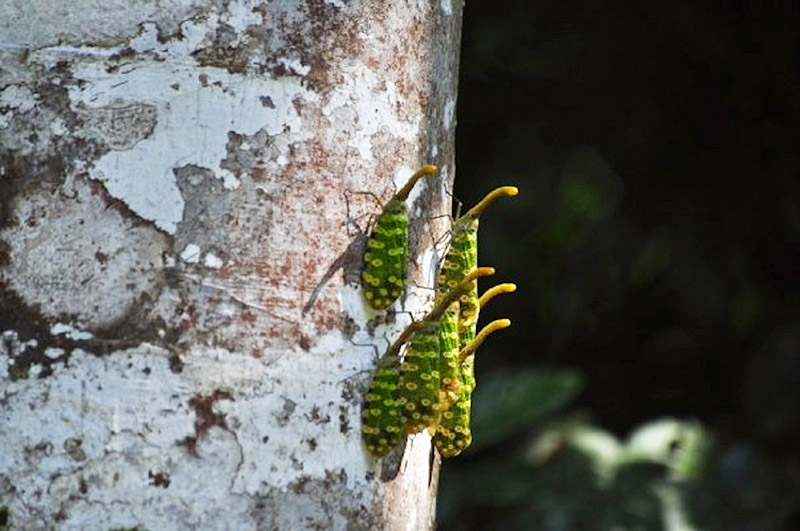
On your must-do-list , Sukau, a tiny stop on the Kinabatangan River, whose mouth ends on Borneo’s northeastern shores, deserves at least one night in your itinerary. This amazing river is home to a burgeoning mangrove eco-system. There are jungle lodges along the main river section, though be prepared to brace yourself for rustic living, as, while clean and comfortable, none of the accommodation is up to a five-star standard yet.
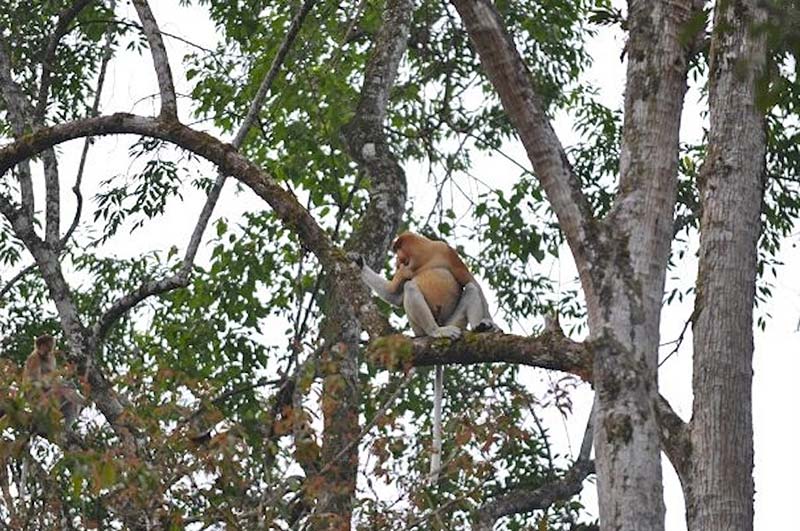
A late afternoon boat trip will guarantee you extraordinary face-to-face encounters with the other big primate of Borneo – the proboscis monkey. Troops of proboscis dominate the banks of the river, swinging madly from tree to tree. Though highly endangered, the proboscis in the Sukau area seem to be thriving and certainly put on an unforgettable show for visitors.
The Kinabatangan offers plenty of opportunities for species-spotting. Along with the big-nosed proboscis, long, short and pig-tailed macaques dominate the trees to the great irritation of the more docile and introverted orangutans. Clouded leopards, civet cats, wild boar, and Bornean pygmy elephants may also make their way to the river banks for a drink. Keep an eye out on your river journey though – crocodiles roam the river and the occasional snake might drop from the lush canopy above.

There are hundreds of destinations in the world that provide great and memorable experiences. But for those seeking new discoveries, few places can rival Sabah, Borneo.

